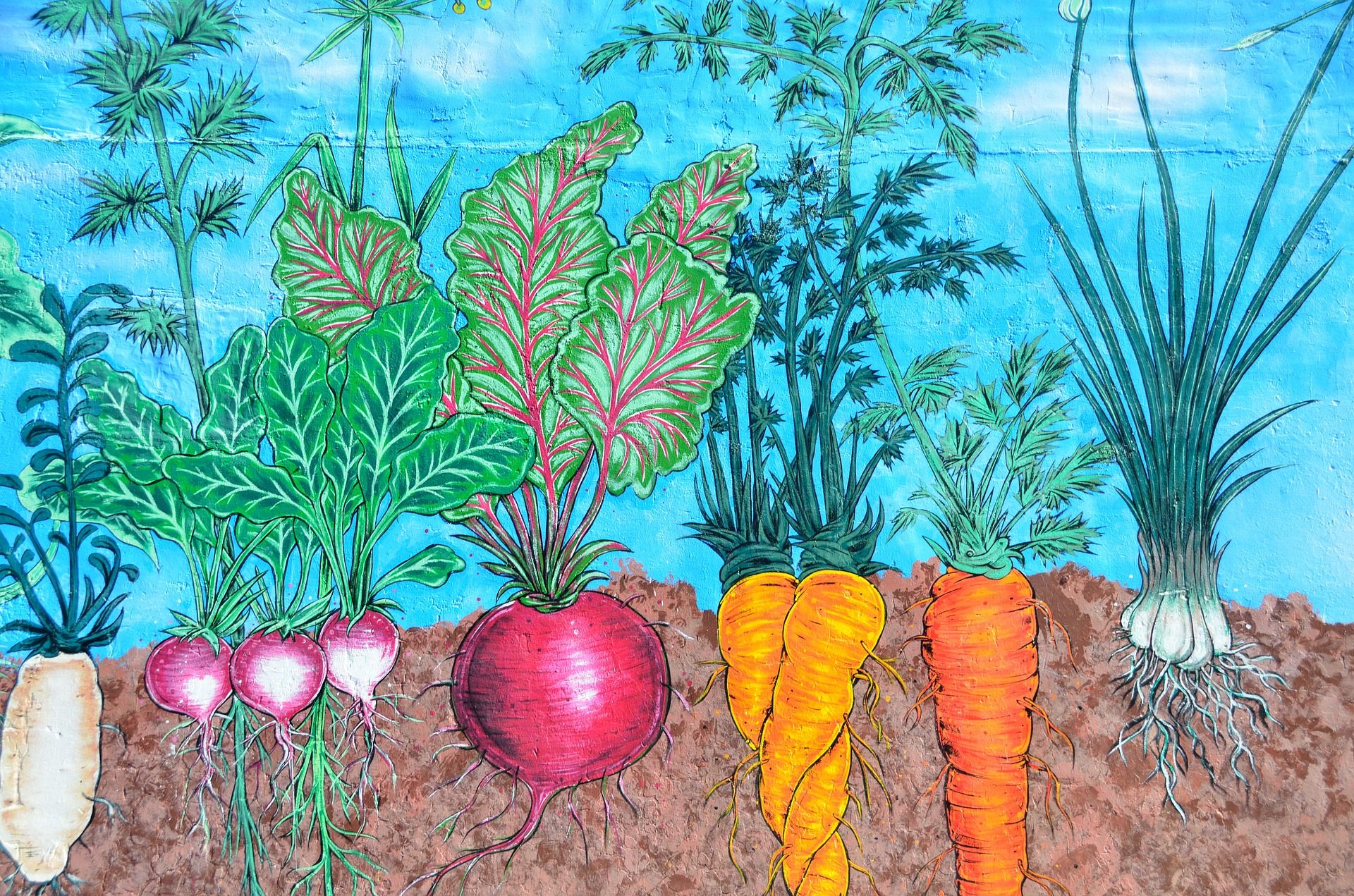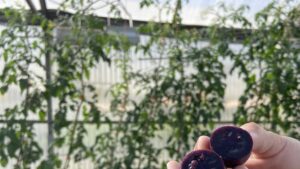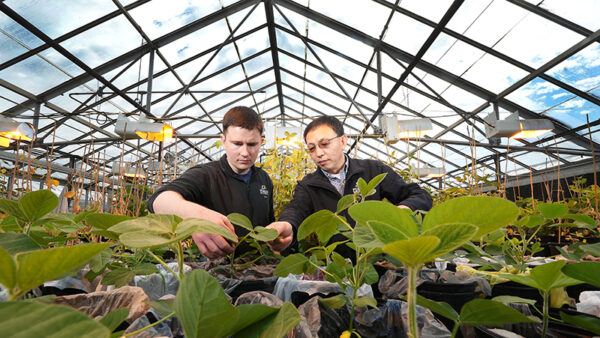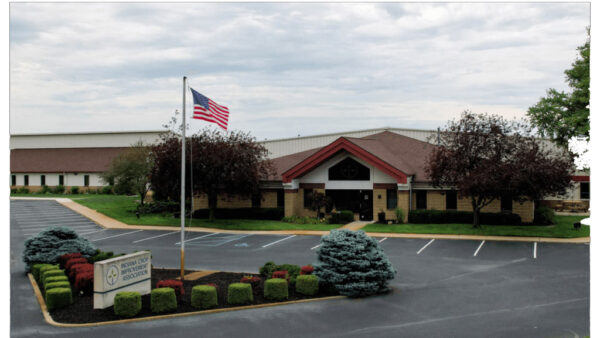Plants with anthocyanins have antidiabetic properties, as stated in a review article from the Food Sciences unit of the University of Turku, Finland. Fruits, vegetables and tubers with red, purple and blue pigments have anthocyanins which reduce the risk of type 2 diabetes, according to a release.
These red, purple and blue pigments are called anthocyanins. They can reduce the risk of diabetes by affecting energy metabolism, gut microbiota and inflammation. If the acyl group is added to the sugar moieties of anthocyanin causing it to be acylated, the effect of the anthocyanins on the type 2 diabetes is increased.
Bilberries and mulberries contain mostly nonacylated anthocyanins, but high amounts of acylated anthocyanins are in purple potatoes, purple sweet potatoes, radishes, purple carrots and red cabbages. While acylated anthocyanins are not digested well, they contain probiotic properties and more efficiently reduce the risk of diabetes than when they are nonacylated.
“The studies have shown that, in addition to changing physical and chemical properties, the acylation affects how the anthocyanins are absorbed and metabolised,” said Kang Chen, postdoctoral researcher at Food Sciences Unit, University of Turku, Finland.
Compared to the nonacylated anthocyanins, the acylated anthocyanins are more effective antioxidants and can help to improve the intestinal barrier. This helps to allow better absorption of nutrients while also maintaining gut microbiota homeostasis. Acylated anthocyanins aid in the suppression of pro-inflammatory pathways and modulate glucose and lipid metabolisms.
“The plant’s genotype defines what kind of anthocyanins they produce. In general, purple vegetables contain many acylated anthocyanins. Also, purple potatoes, especially the Finnish variety called ‘Synkeä Sakari,’ is abundant in acylated anthocyanins,” continued Chen.
Moving from the upper gastrointestinal tract to the colon, acylated anthocyanins are metabolised by the gut microbiota. Different glucose transporters aid in absorption depending on if the anthocyanins are acylated or nonacylated. The different types of anthocyanins also differently impact metabolic enzymes.
“The latest research has shown that the acylated and nonacylated anthocyanins can impact type 2 diabetes in different ways,” Chen said.












